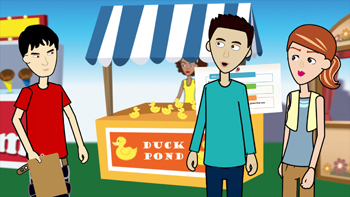Welcome!
This website has 6 modules that teach Common Core Algebra ll Statistics and Probability. Each module has interactive lessons, animations that illustrate real-life applications of statistics and probability, resources and a glossary. Explore each module to improve your skills and understanding.

Module 1: Linear, Quadratic and Exponential Regression |
|---|
In this module, you will:
> Go to Module 1: Linear, Quadratic and Exponential Regression  |
Module 2: Regression |
|---|
In this module, you will:
 |
Module 3: Standard Deviation |
|---|
In this module, you will:
 |
Module 4: Inferences |
|---|
In this module, you will:
 |
Module 5: Probabilities of Compound Events |
|---|
In this module, you will:
 |
Module 6: Conditional Probability |
|---|
In this module, you will:
 |


